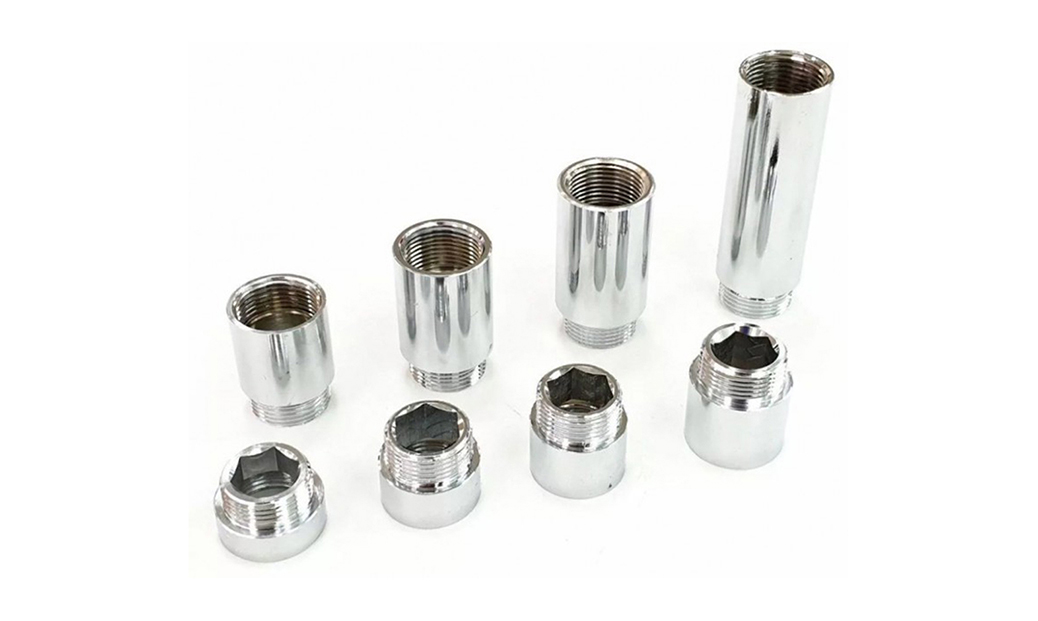What are the machining process guidelines of CNC lathes
The whole process of CNC lathe machining is realized by executing the machining program of the workpiece. Therefore, the quality of the CNC lathe machining program directly affects the final machining accuracy and machining efficiency of the workpiece. CNC lathe is a highly complex processing equipment. Before programming the workpiece processing program, it is necessary to confirm its processing technology according to the design requirements and processing content of its drawings. Generally speaking, the confirmation criteria of CNC lathe machining process should follow the following basic criteria:
1. The machining principle of roughing first and then finishing. In general, in order to ensure the final machining quality of the workpiece, the machining of the workpiece needs to be divided into two stages: rough machining and finishing, and a semi-finishing stage is added to the workpiece with higher machining accuracy. This guideline should also be followed when machining with CNC lathes. When machining rough parts, CNC lathes can quickly remove most of the machining allowance, reduce the number of tool passes as much as possible, and shorten the roughing time. When finishing, it mainly ensures the machining accuracy and appearance quality of the workpiece.
2. The principle of one-time clamping and positioning, one-time clamping to realize multi-process machining of workpieces is the basic processing feature of CNC lathe machining. Therefore, when confirming the machining process of the workpiece, each machining process should be concentrated to the greatest extent. Reduce the number of clampings as much as possible to reduce unnecessary positioning errors and repeat the clamping process.
3. The processing principle of first inside and outside, when the workpiece to be processed has both inner and outer surfaces and needs to be processed, when organizing the processing sequence, the inner and outer surfaces of the workpiece should be processed first and then the outer surface, such as staged processing. , and rough machining of the inner and outer surfaces should be carried out first, and then the finishing of the inner and outer surfaces should be carried out.


